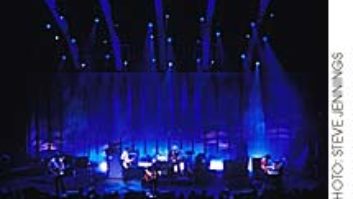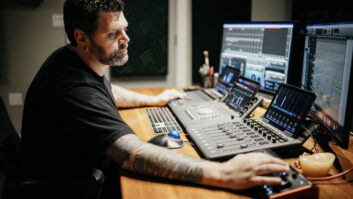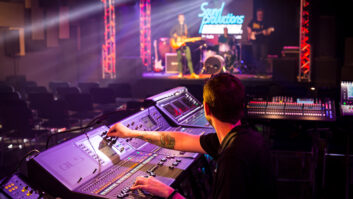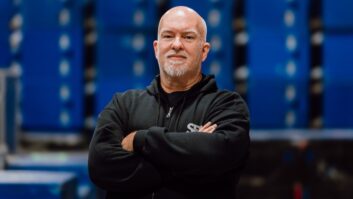Known for its custom stage monitors, Bryan Olson’s New Yorksound hire company, Firehouse Productions, quietly introduced theirFirehouse 6500 two-way in-ear monitors (IEMs) last year. Like mosttwo-way IEMs, the 6500s use two different-sized, Knowles-balancedarmature drivers with a passive crossover network to deliver highsand lows. As I already had favorite models for differentapplications, it was with some hesitation that I used a pair ontour.
Custom ear molds are the most frustrating professional soundproducts to buy, as they are impossible to audition before buying.Yet, musicians who rely on them hear their entire performancethrough the transducers. An investment in the right pair of IEMs isone of the most important equipment decisions that affects theperformers’ satisfaction with live sound. Few engineers enjoy theunique privilege of unpressured comparison and critical listeningto a variety of IEMs in a controlled environment.
Like Firehouse’s highly regarded monitors, objectives for the6500s included a neutral sound that wouldn’t require EQ and arobust tour-worthy design. The twisted-pair cables are typical,except they’re permanently attached, avoiding one of the greatestpoints of failure: the tiny 2-prong connectors that typically pluginto the molds. The parts inside are encased in silicon thatshock-mounts them, helps with isolation from outside sound, keepsthe molds from drying out over time and prevents the accumulationof excess moisture.
The other design goal was to maximize comfort, as most users areput off by the strange sensation of plugging up their ears in orderto perform music. Not just the tips, but the entire shell is madeof a soft acrylic that is bonded to a hard polyvinyl backshell,providing a degree of comfort when the molds are worn for hours ata time, day after day.
Though the comfort was readily apparent, I did not appreciatetheir sound until I used them for a long duration, because I wasaccustomed to the contoured response of other models, which, thoughpleasant at first, can grate over time.
Individual ear geometry is only one consideration that affectshow a particular model of IEM sounds from one person to the next. Avariety of subjective factors affect preferences: the kind ofmusic, the content of each mix, the hearing of that individual and,of course, personal taste in monitoring. While no single productwill satisfy all users, the 6500s’ even response provides a neutralstarting point for the engineer.
The 6500s have a natural sound, with smooth highs and an evenmidrange. IEMs with balanced armature drivers yield more responseabove 4 kHz than those with dynamic drivers. Many users find thesehigh frequencies promote ear fatigue after several hours, yet thereis important musical information in the last two octaves for voicesand instruments. The 6500s strike a balance in the highs betweenthe sibilance of typically balanced armature drivers and theattenuated highs found in dynamic models. While most IEM engineersapply mix EQ to tailor response to individual users, the 6500ssucceed by presenting the engineer with a neutral palette uponwhich to paint a mix.
Like all IEMs using Knowles drivers, the 6500s have a peak inthe upper midrange at 3.5 kHz, but it is wider and stronger thanmost. Their lack of color in the lows offers a natural sound, andthe smooth high end avoids sibilance that can tire an ear overtime.
The 6500s offer more than 20 dB of isolation, which allowsmonitoring at lower levels in high-SPL environments. Their lowimpedance and high sensitivity provides 3 to 6 dB more output thansimilar products, allowing them to get louder without distortionfrom the chip amps in most packs.
Experienced performers looking for a new set of molds will findthe 6500s offer a nonfatiguing, smooth high end, while providing acomfort that allows users to almost forget that they are wearingthem. Engineers looking to equip an entire band can choose the6500s with confidence that they will provide a neutral, uncoloredsound. Recording artists planning to tour could even use these toprevent headphone bleed while cutting vocals; write them offagainst the recording budget and, in the process, get used to IEMsbefore hitting the road. With a price of $750, they arecompetitively priced with other professional products in thiscategory, and you can’t get a quality custom mold for lessmoney.
Firehouse Productions, 1470 Route 199, Milan, NY 12571;845/758-9898; www.firehouseproductions.com.
Mark Frink is Mix‘s sound reinforcement editor.





